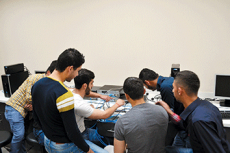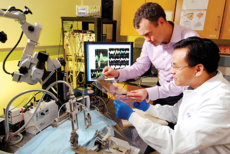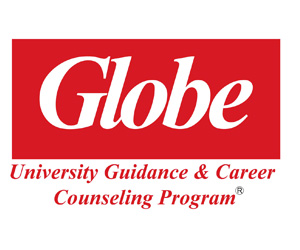Accreditation of Universities in the USA
- Details
- Hits: 6173
By Ronald B. Standler
1. Introduction
The purpose of this essay is to explain accreditation to students in the USA, as well as to foreigners who are baffled at the complexity of accreditation in the USA. A secondary purpose is to explain the requirements for academic degrees in the USA.
2. Regional Accrediting Organizations
There are six regional accrediting organizations for universities in the USA, each with a different territory. These regional accrediting organizations accredit all degrees, in all subject areas, in an entire university. (See below for organizations that accredit degrees in a single academic subject.) The alphabetical list of states in parentheses comprise the region for each organization.
- Middle States (Delaware, the District of Columbia, Maryland, New Jersey, New York, and Pennsylvania)
- New England (Connecticut, Maine, Massachusetts, New Hampshire, Rhode Island, and Vermont)
- North Central (Arizona, Arkansas, Colorado, Illinois, Indiana, Iowa, Kansas, Michigan, Minnesota, Missouri, Nebraska, New Mexico, North Dakota, Ohio, Oklahoma, South Dakota, West Virginia, Wisconsin, and Wyoming)
- Northwest (Alaska, Idaho, Montana, Nevada, Oregon, Utah, and Washington state)
- Southern (Alabama, Florida, Georgia, Kentucky, Louisiana, Mississippi, North Carolina, South Carolina, Tennessee, Texas, and Virginia)
- Western (California and Hawaii)
The Council for Higher Education Accreditation (CHEA) is a private organization that coordinates the regional accrediting organizations, as well as the accrediting organizations in specific academic subjects.
The federal government in the USA plays a negligible roll in accreditation, mostly in The Office of Postsecondary Education of the U.S. Department of Education. The U.S. Department of Education has a database of nationally recognized accrediting agencies by subject area.




















